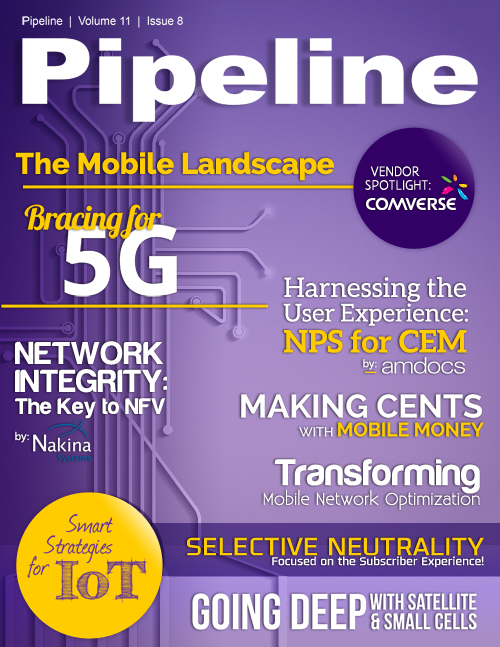Selective Neutrality Focused on the Subscriber Experience!
Caring about the experience
For telecom operators today, it is important to be aware of what services subscribers find most important. Their critical KPI is the net promoter score (NPS), a subjective opinion measured through customer interviews featuring questions like âwould you recommend our service to a friend?â It is heavily influenced by how customers experience their favorite services. Customers are very selective in what services they like (which is typically based on what social media service they trust or what instant messaging app their friends are on).
Not focusing on the delivery of those in-focus services is a real missed opportunity to impress the customer and create advocates. According to TeleFaction, customers who rate you 5 on a scale from 1 to 5 are six times more likely to buy from you again, compared to âonlyâ giving a score of 4.8. Details in service delivery are important and those operators who can individualize prioritization of mobile data service delivery are best equipped to handle this. Most mobile operators are only able to measure basic KPIs in the mobile network based on the signaling between the devices and the handset: basic connectivity (i.e. the dropped call) and activity heartbeats (data going to the handset). Video stalls, slow page load times, social networking feeds not loading, or slow sync times for cloud servicesâthe KPIs that really matter to subscribersâare completely beyond the ability of most operators to diagnose or resolve. The key for mobile operators to ensure a high QoE for their subscribers is to not only measure the right KPIs, but also have real-time location awareness that can be placed in context with RAN and IP QoE metrics as seen by the subscriber.
Putting the RANâs perspective on IP intelligence
And this can be done. Network management tools that can shape or block traffic on an individual basis have been available for quite a while, but they typically lack the knowledge of the subscriberâs location. As a result, shaping actions are not put into context. The intelligence on what the subscriber is doing gathered by the IP intelligence in the center of the network needs to be correlated to location information and mapped towards all other subscribers in that area. As the congestion is far more likely to occur in the edge of the mobile network, combining this information provides the capabilities to manage the experience centrally for only the cell where congestion occurs. What is needed is a combination of radio+ IP intelligence providing RAN perspectives in real-time.
Previously, obtaining individual location info has been an expensive operation requiring radio interface probes or difficult-to-execute integration with base station log files. Recently, technology breakthroughs have enabled placement of a tiny software agent on a SIM card that can be loaded over-the-air (OTA) using already deployed systems. This applet can gather information directly from the deviceâregardless of device type, operating system, or RAN access type (2G/3G/LTE)âcapturing 3GPP signaling information (signal strength, error codes, available networks, etc.) and streaming this information in real-time into the IP intelligence solutions deployed in the core network. By merging location information with subscriber activity, a completely new view of the networkâs health can be made. Operators can see radio access network congestion information centrally, detailed by traffic type, and take appropriate actions to enhance the subscriber experience.
Shaping the customer experience
By combining this live location and quality information from the RAN and IP intelligence data with historical behavioral information or CRM-defined information on what services are a priority for each subscriber, we have the foundations to very specifically manage the customer experience. The policy solutions can remain neutral as long as the customer experience is not impacted negatively. But as soon as it is, and it is likely to happen in the radio access network, the experience can be managed and selectively improved. Some services are more sensitive than others and deserve priority treatment; otherwise some may not work at all during a period of congestion.
How net neutral is that? Let the policy systems put the subscriber experience firstâitâs what really matters.



















